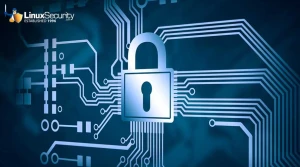Spammers Would Be Made To Pay Under IBM Research Proposal
IBM researchers say both approaches miss the target--that the software approach amounts to a constant game of trying to stay one step ahead of spammers, while legislation, if and when it comes, won't be able to address spam coming from outside U.S. borders. As a result, they've come up with another approach: Make spammers pay to send messages. It sounds absurdly simple, and Scott Fahlman, a research staff member at IBM's Watson Research Center, says it is. Fahlman is trying to build momentum behind a concept he's calling the "charity stamp" approach, which would force anyone sending unsolicited messages to pay to reach recipients participating in the program unless they had an authenticated code.
The link for this article located at InternetWeek is no longer available.























